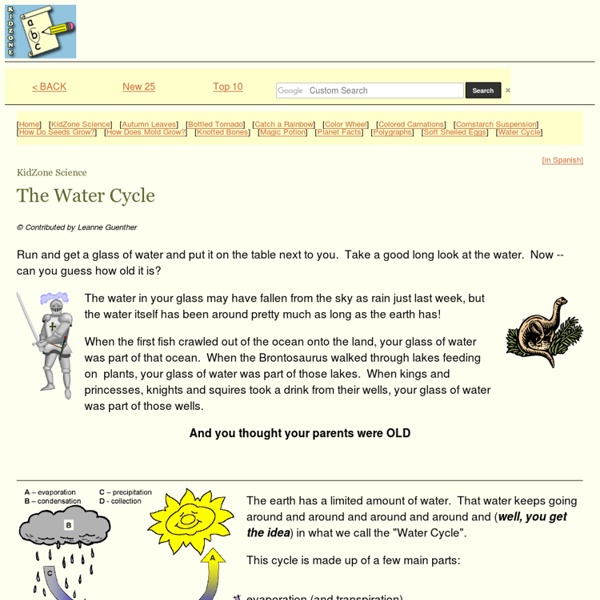QCA document
Visit the Canterbury Environmental Education Centre ( details ) and undertake one of the relevant programmes, 'Water Cycle at Broad Oak Lakes' 'Weather Days' or the 'Great Stour River Study.' The Great Stour River Study programme involves walking along a section of the river refering to maps, noting relevant geographical, man made and biological features and undertaking simple experiments (for example measure differing speed of channel flow). Visit the Virtual Tour pages to take this walk along the Great Stour, which can be used to prime or reinforce the field work. The Photo and Map pages are a good source of secondary information. The photographs focus on the Great Stour River along its course and the maps show the catchment area, topography and geology of the Gt Stour River basin.
Trout Unlimited, Connecticut Council of Trout Unlimited Trout in the Classroom
Teacher form ABOUT TICTrout in the Classroom (TIC) is an innovative education program desigend to bring students' studies of the natural world to life. Each year, classrooms across the state are equipped with specially designed trout rearing tanks. Teachers, aided by a Trout Unlimited coordinator, work with their students to raise trout from eyed eggs to fry, releasing their trout into an area river towards the end of the school year. During the course of the year, students learn about the importance of healthy river ecosystems and how claen, cool water is a critical need of trout and other aquatic life.
Earth Floor: Cycles
The Water Cycle Water on Earth is always changing. Its repeating changes make a cycle. As water goes through its cycle, it can be a solid (ice), a liquid (water), or a gas (water vapor). Ice can change to become water or water vapor.
How Water Works
In its purest form, it's odorless, nearly colorless and tasteless. It's in your body, the food you eat and the beverages you drink. You use it to clean yourself, your clothes, your dishes, your car and everything else around you. You can travel on it or jump in it to cool off on hot summer days. Many of the products that you use every day contain it or were manufactured using it. All forms of life need it, and if they don't get enough of it, they die.
Water Theme Overview & Resources
General Links | Properties | Cycle | Weather | Freshwater | Oceans | Conservation | Bottom To Mrs. Sinclair's MAC site for 1999-2000 To Mrs. Sinclair's MAC site for 2000-2001 Poem Frames and Recipes
The Water Cycle
Home The Earth is the water planet. Between two-thirds and three-fourths of its surface is water. Oceans supply the most water, but it also can be found in ponds, rivers, in clouds, and in lakes. The Earth is full of water.
The water cycle — Science Learning Hub
The Earth has a finite amount of water. The water that is here today is the same water that will be here in 20 or even 20 million years’ time. So, if all living things use water, how is it that we don’t use up all our water?
Rainforest Field Trip
Rainforests have been around for millions of years, and yet in the very brief span of half a century, mankind has destoyed a huge portion of the world's rainforests. On a daily basis, acres and acres more disappear. This field trip takes a look at what a rainforest is and why it is an important ecosystem, the animals and peoples of the rainforest, what types of rainforests there are, and provides some ideas that students can do to actively participate in protecting the remaining rainforests. Objectives
The water cycle, U.S. Geological Survey (USGS) Water Science School
Earth's water is always in movement, and the natural water cycle, also known as the hydrologic cycle, describes the continuous movement of water on, above, and below the surface of the Earth. Water is always changing states between liquid, vapor, and ice, with these processes happening in the blink of an eye and over millions of years. Global water distribution
The science of water - An introduction to its amazing properties
Advertisement by Chris Woodford. Last updated: August 23, 2016. Pour yourself a glass of water and you could be drinking some of the same molecules that passed through the lips of Julius Caesar, Joan of Arc, Martin Luther King, or Adolf Hitler.



